
Scientists Shock World By Turning Lead Into Gold — But There’s A Catch
For centuries, the dream of turning lead into gold has captivated human imagination. From the mystical experiments of ancient alchemists to the modern ambitions of nuclear physicists, the idea has seemed more like fantasy than science. But recently, a group of scientists made headlines around the world when they announced that they had successfully transformed lead — a cheap, dense metal — into gold, the most iconic symbol of wealth and power. The news sparked excitement, disbelief, and curiosity in equal measure. However, as the details emerged, it became clear: there’s a catch.
The breakthrough comes from a team of researchers working in the field of nuclear chemistry. Using advanced particle accelerators, they bombarded lead atoms with high-energy protons, altering the number of protons in the nucleus to match that of gold. Since gold has 79 protons and lead has 82, the scientists were able to remove three protons from the lead atoms through a precise nuclear reaction. In doing so, they technically created atoms of gold.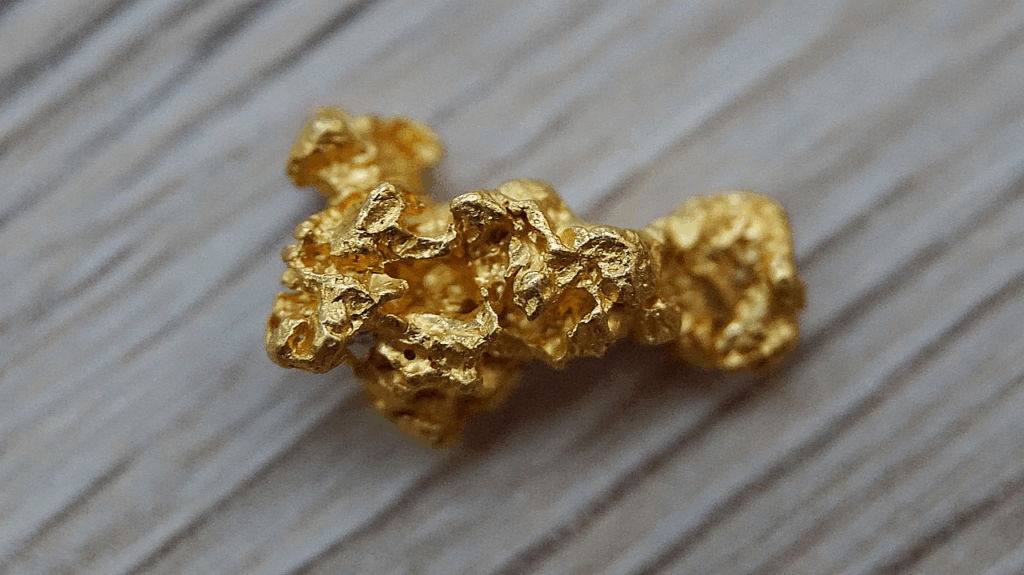
On paper, it sounds like alchemy has finally become real. But the reality is far more complex — and far less profitable — than many might hope. The first and most significant catch is the cost. Producing even microscopic amounts of gold using this method requires incredibly expensive equipment and consumes a massive amount of energy. The process is so costly that the value of the gold produced is nowhere near enough to justify the expense.
The second issue is stability and practicality. The gold created through this method is often radioactive or exists only in tiny quantities that are difficult to isolate. In most cases, the gold atoms exist briefly before decaying into other elements. This makes the product scientifically fascinating but commercially useless.
Furthermore, the process is not scalable. While it’s a stunning demonstration of human capability and the power of modern physics, it’s not something that can be rolled out in factories to mass-produce gold. Unlike extracting gold from mines or recycling electronics, this method is purely academic in nature. It’s a milestone in nuclear science, but not a revolution in global economics.
So, what does this mean for the world? While no one will be getting rich off lab-made gold anytime soon, the implications of the experiment are profound. It proves that transmutation of elements — long thought impossible — is indeed achievable under the right conditions. This could open the door for future technologies that manipulate matter at the atomic level, possibly leading to breakthroughs in materials science, medicine, or even clean energy.
The experiment also reignites an age-old conversation about the boundaries between science and magic. What was once considered a fool’s quest — the dream of the alchemists — has become a footnote in the story of human progress. And while we may not be printing gold bars in laboratories, we are gaining a deeper understanding of the universe and its building blocks.
In conclusion, yes, scientists have turned lead into gold, but not in the way most people might imagine. The process is scientifically sound but economically impractical. Still, it represents a symbolic victory — a reminder that even the wildest dreams of the past may someday become a reality, thanks to the relentless curiosity and ingenuity of science. So while you won’t be turning old plumbing into gold treasure anytime soon, this breakthrough is a golden moment for scientific exploration.
News in the same category


Ocean Currents Could Generate 2.5x More Power Than Wind Farms, Study Finds
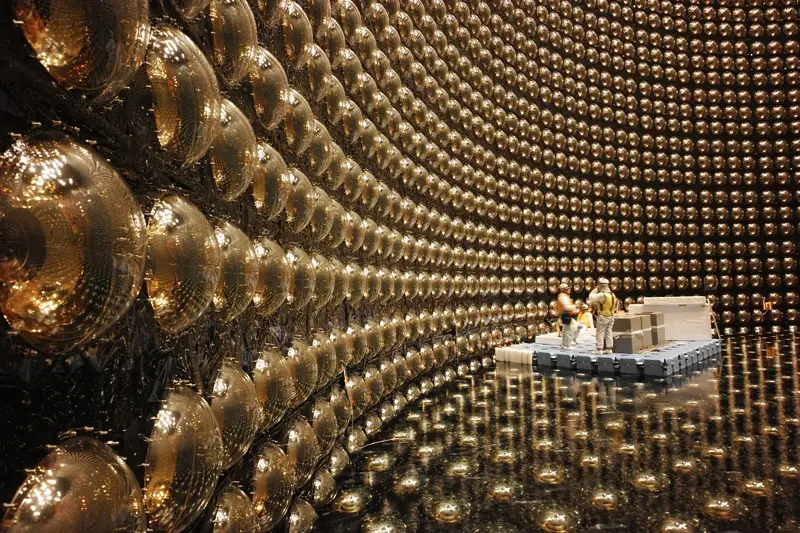
Inside Super-Kamiokande: The Japanese Neutrino Detector Unlocking the Secrets of the Universe
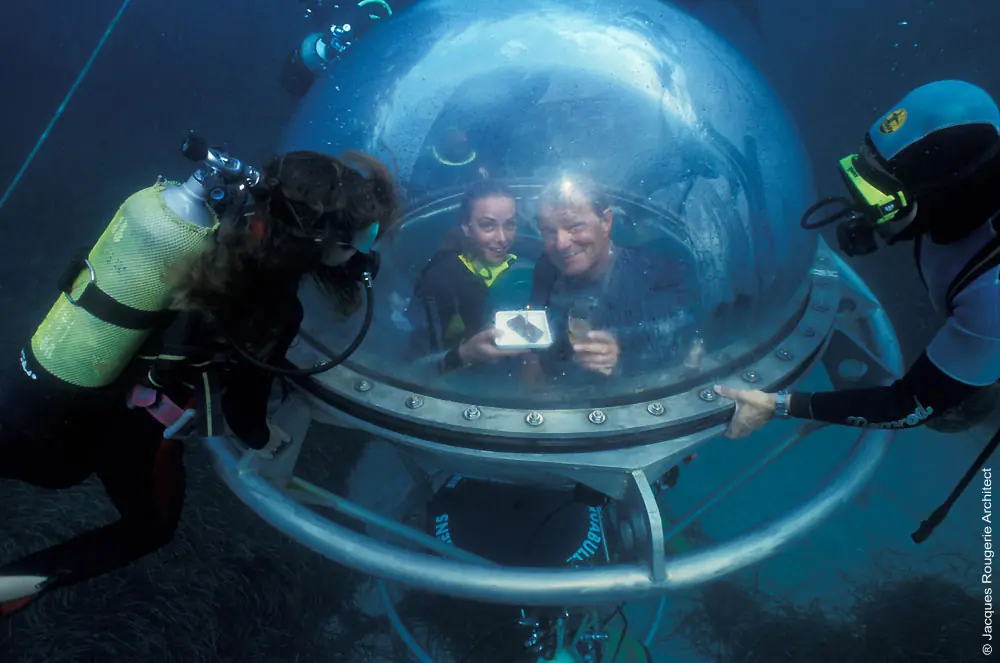
China’s Futuristic Ocean Lab Dubbed ‘Underwater Space Station’ Could Be Ready By 2030

The Real Reason Empire State Building Was Built Using Bricks From A Tiny British Town

James Webb Telescope Uncovers Shocking Update on $10 Quintillion Asteroid Psyche

RFK Jr. Raises Concerns About 5G Health Risks: Brain Function, EMR, and Cancer Link

People Stunned After Learning The True Meaning Behind ‘SOS’ — It’s Not What You Think

Scientists Reach Bottom Of The Red Sea — What They Found Left Them ‘Shaken’

Taste The Toxin? Shocking Lawsuit Targets Skittles Over Alleged Toxic Ingredient

Antarctica Ice Sheet Grows for First Time in 30 Years, Surprising Scientists

‘Japanese Baba Vanga’ Predicts Mega-Tsunami in July 2025 — Warns of a ‘Boiling Sea’ South of Japan

300,000 Americans On Edge As Massive 11,000ft Volcano Shows Signs Of Imminent Eruption

Wildlife Photographer Captures Alligator With No Bite – Internet Baffled How It’s Still Alive

Scientists Stunned By 3.5 Billion-Year-Old Crater Holding Earth’s Earliest Secrets

Massive 100-Mile-Long Lake Mysteriously Reappears 130 Years After Vanishing

Persistence Hunting: How the San People of the Kalahari Master the Art of Endurance

Halley’s Comet Is Back, But This Time, It’s Raining Fire

Greece Rocked By Massive Earthquake As Tsunami Warning Sparks Panic
News Post

The Overview Effect: What Astronauts Realize After Seeing Earth from Space

5 Fruits Listed in the ‘Black Book’ That May Promote Cancer Cell Growth: Avoid Them No Matter How Cheap They Are

25-year-old woman explains condition that makes her ‘look like an 8-year-old’
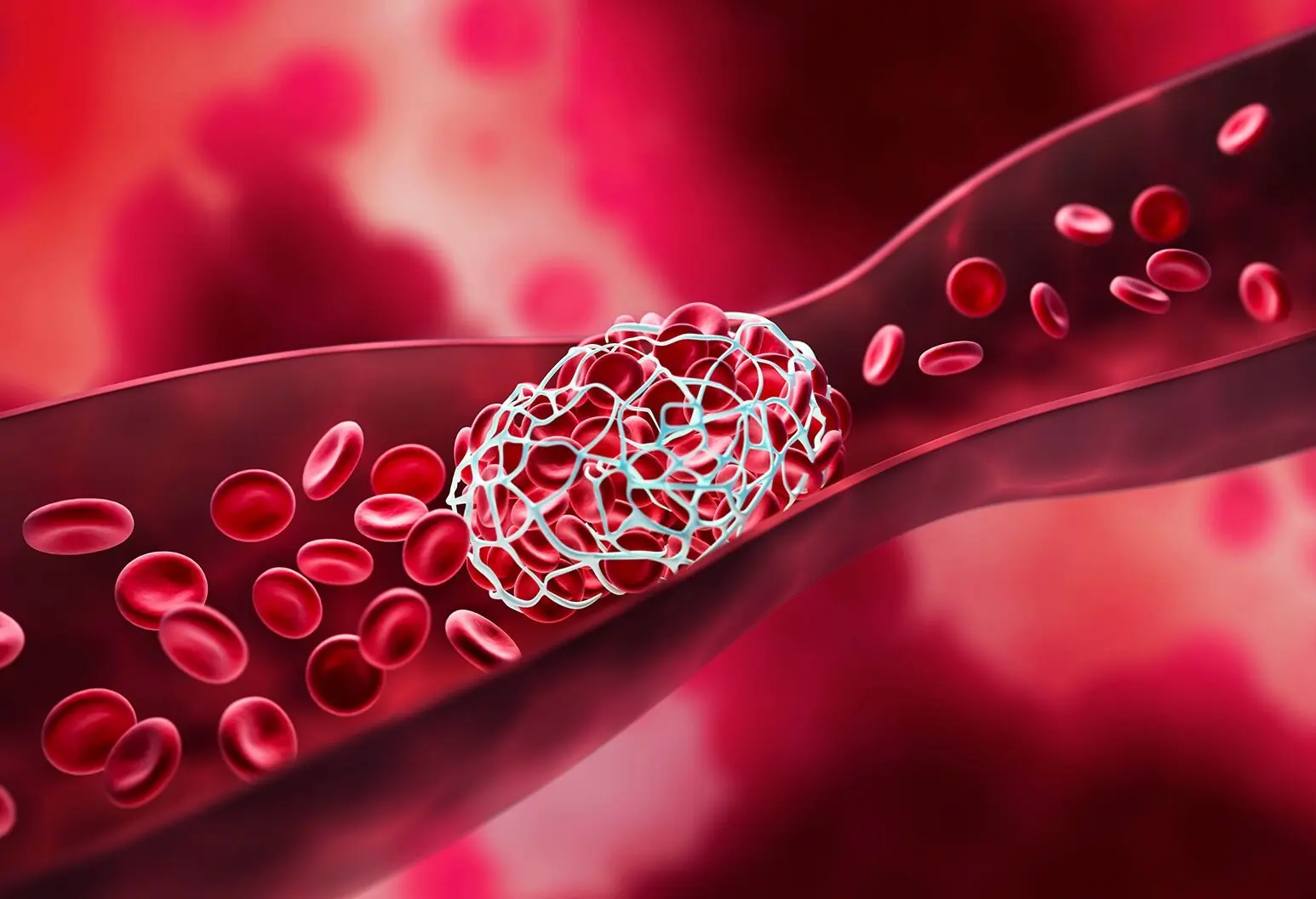
When There's a Blood Clot in the Body, It May Send You 4 Warning Signals You Shouldn't Ignore

Ocean Currents Could Generate 2.5x More Power Than Wind Farms, Study Finds

Inside Super-Kamiokande: The Japanese Neutrino Detector Unlocking the Secrets of the Universe

Inside The 36-hour Fast: How Your Body Transforms Hour By Hour In Viral New Simulation

9 Natural Ways to Remove Plaque & Tartar Buildup

The Incredible Benefits of Dates: A Nutrient-Packed Superfood

Rude Parents Demanded I Not Eat on the Plane Because Their Spoiled Kid 'Might Throw a Tantrum' – I Taught Them a Lesson Instead

Woman Sees Her Husband Enter Motel with Girl and Come Out an Hour Later Shabby

My MIL Sabotaged My Daughter's Dress Before a School Pageant because She Wasn't Her Bio Grandkid

My FIL Insisted I Go On a Spa Weekend He Paid For – Halfway There, My Neighbor Called Screaming, 'It Was All Their Plan! Go Back Now!'

My Stepmother Kicked Me Out Two Days After My Father Died – The Next Morning, a Bunch of SUVs Showed up in Front of Her House

China’s Futuristic Ocean Lab Dubbed ‘Underwater Space Station’ Could Be Ready By 2030

Eating Too Fast? Here’s Why Slowing Down Can Improve Digestion and Reduce Bloating

Why Letting a Baby “Cry It Out” May Be Harmful: What Science Says
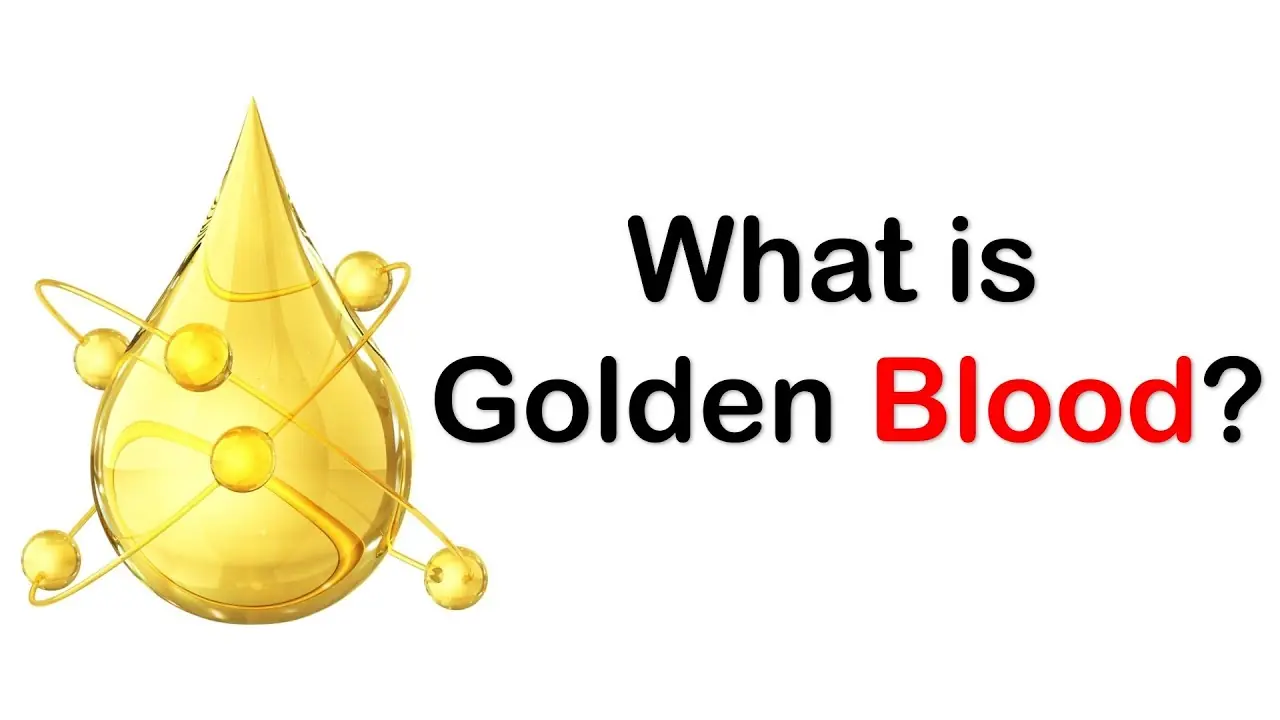
Rh-Null Blood: The World’s Rarest Blood Type, Also Known as "Golden Blood"
